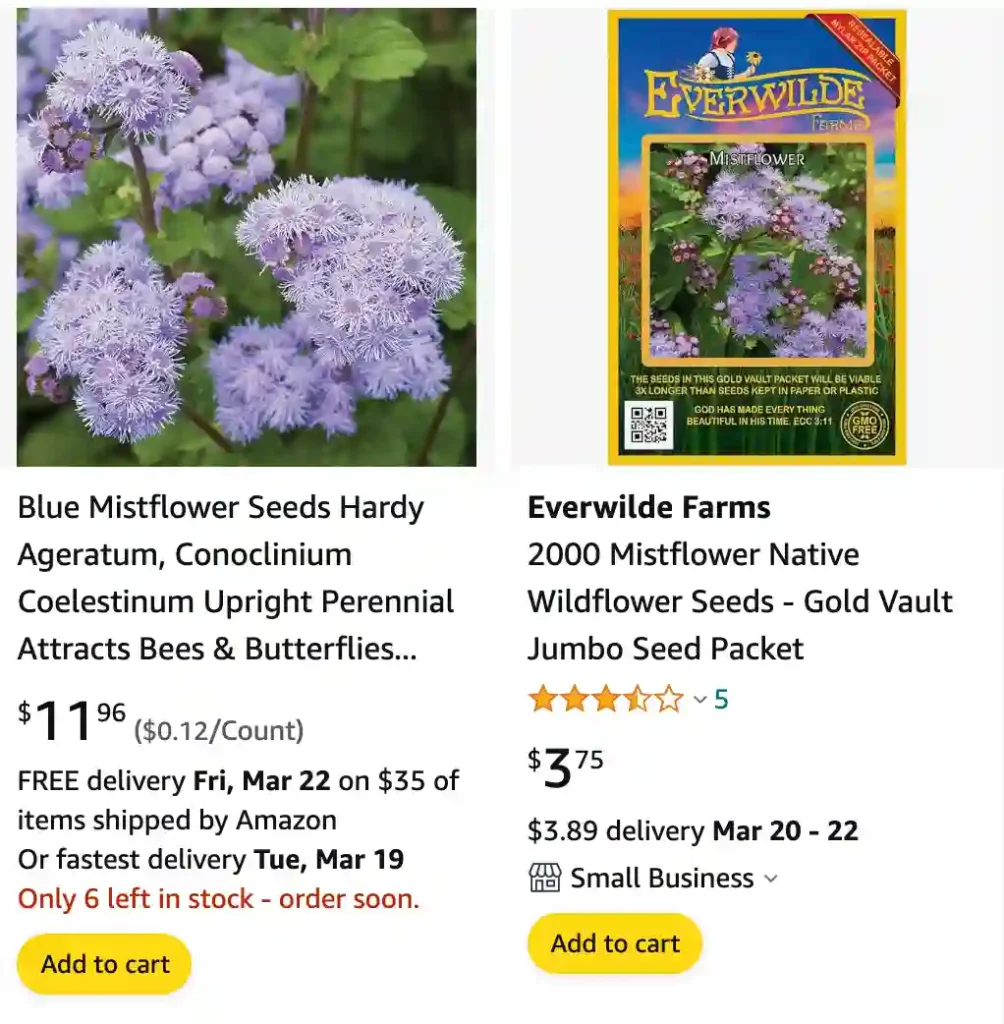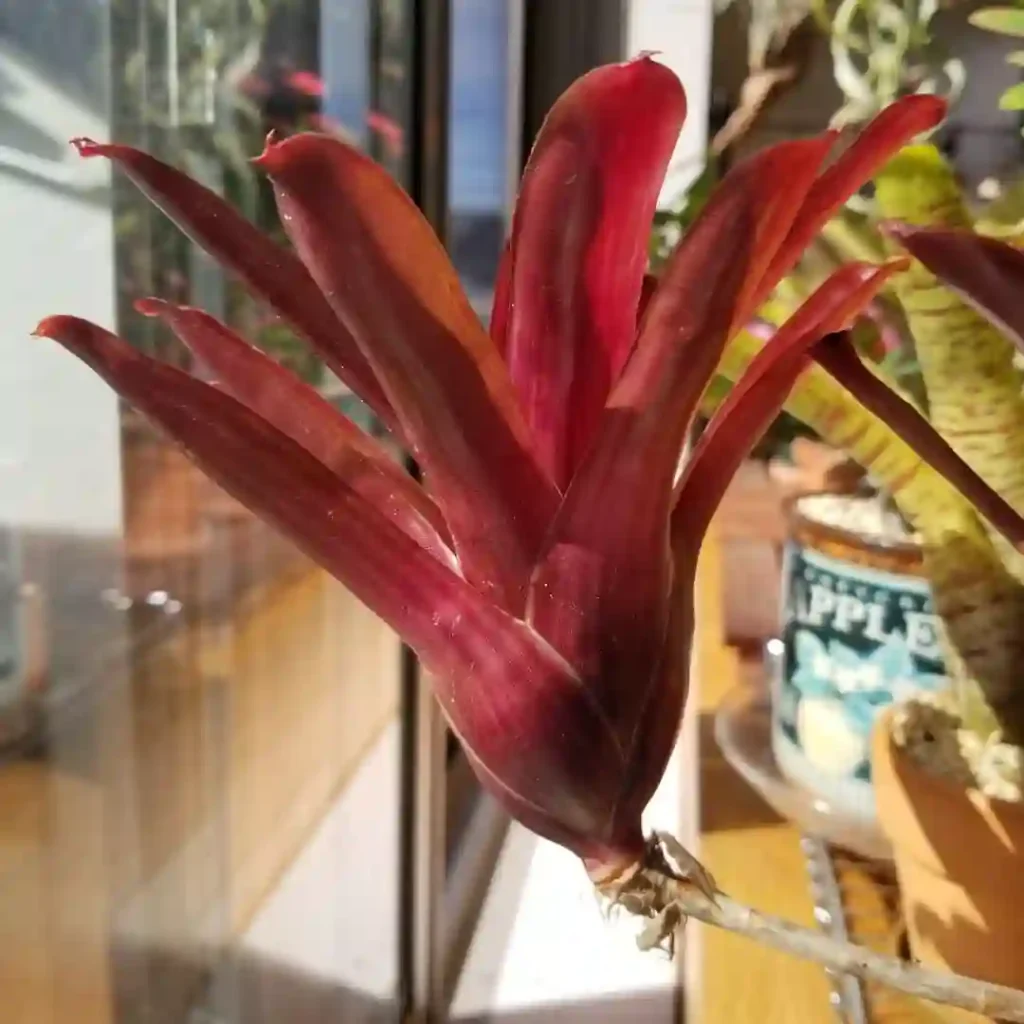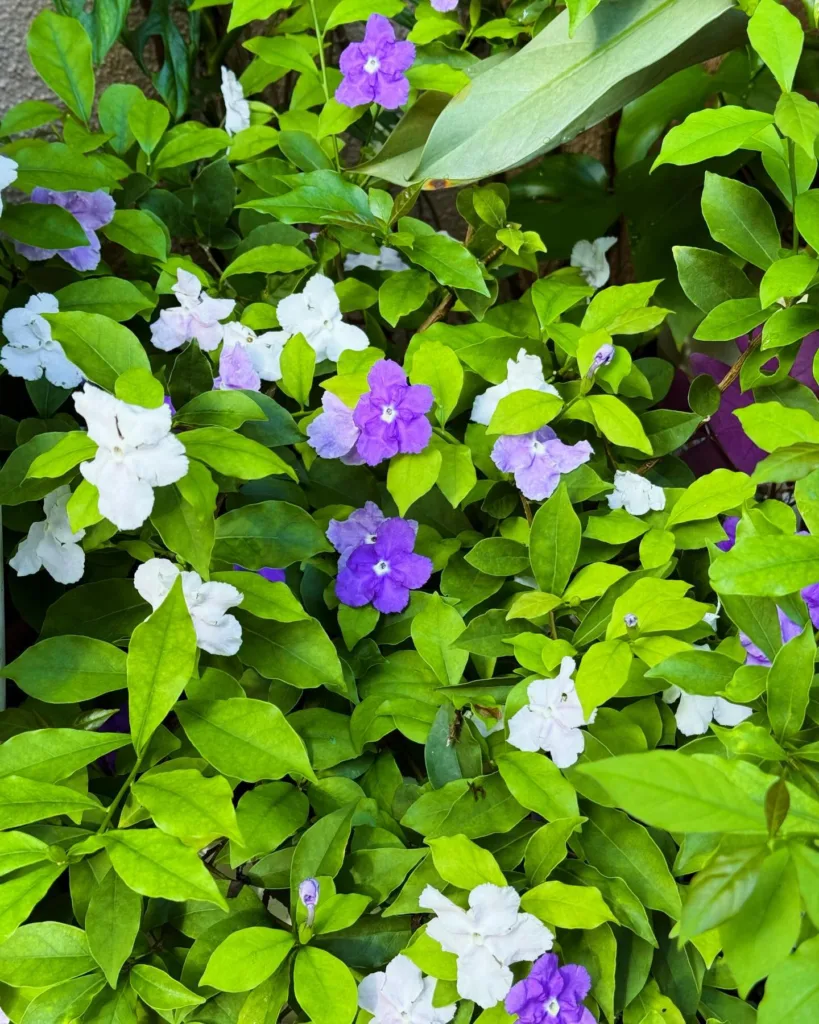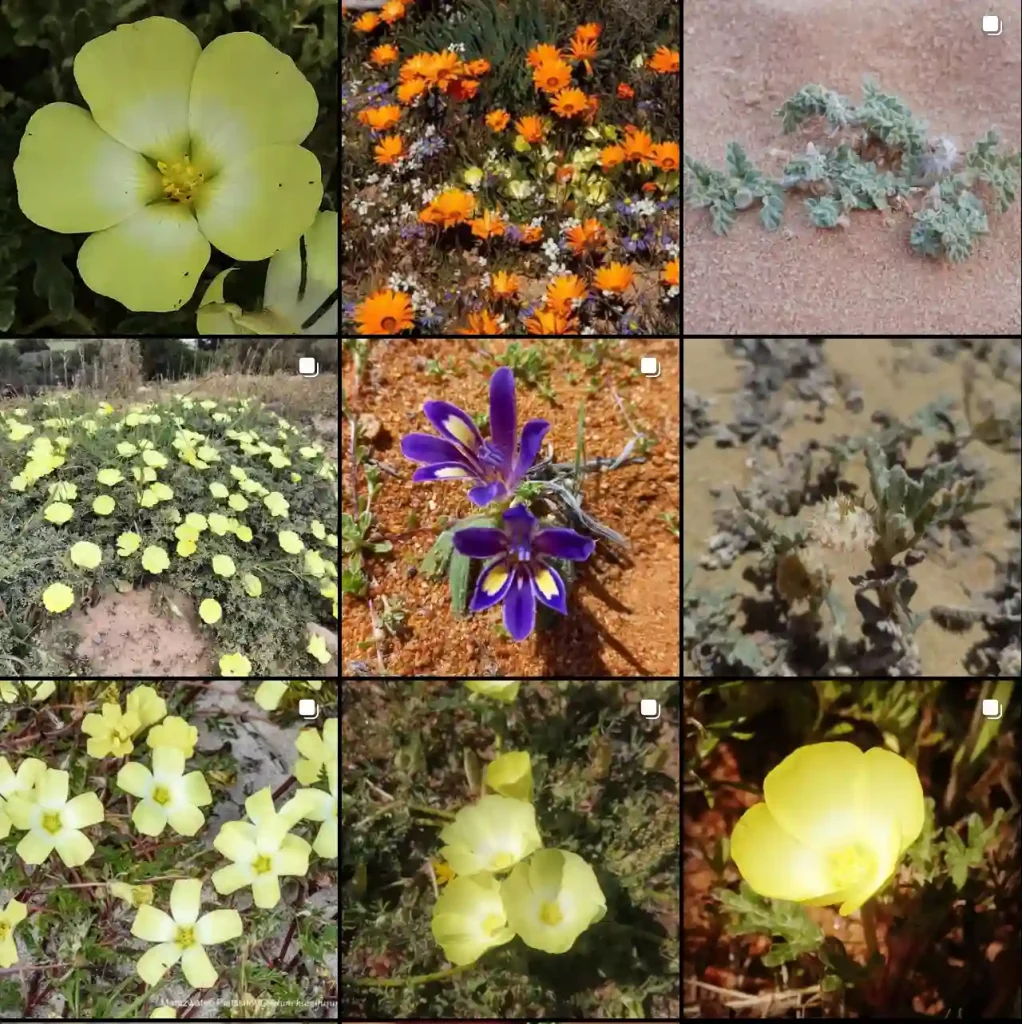
FAQs About Blue Mist Flower
When I first encountered the Blue Mist Flower, also known as Conoclinium Coelestinum, I was struck by its stunning clusters of blue blooms and its ability to adapt to various garden conditions. If you’re considering adding this plant to your garden or simply want to know more, here’s a comprehensive guide based on my experiences and research.
What is Blue Mist Flower?
The Blue Mist Flower, or Conoclinium Coelestinum, is a perennial plant known for its beautiful blue flower clusters and its ability to attract pollinators. Native to the southeastern United States, including regions like Florida and Texas, it’s a popular choice for adding color and attracting butterflies to the garden.
Blue Mist Flower Height
In my experience, Blue Mist Flower typically grows to about 18 to 24 inches in height. It forms a bushy, upright clump, with flower stems extending slightly above the foliage. This height makes it suitable for adding a splash of color in mid-border plantings or as a backdrop in a flower bed.
Blue Mist Flower Bloom Time
One of the joys of growing Blue Mist Flower is its long bloom time. It usually starts flowering in late summer and continues through fall, providing vibrant blue color well into the cooler months. This extended bloom period is a real asset for maintaining garden interest late in the season.
Blue Mist Flower Care
Caring for Blue Mist Flower is relatively easy. It prefers full sun to partial shade and well-drained soil. I’ve found that it’s quite tolerant of varying soil conditions and can handle periods of drought once established. Regular deadheading can help extend the bloom period and keep the plant looking tidy.
How to Propagate Blue Mist Flower?
Propagating Blue Mist Flower can be done through division or seeds. I’ve had good results by dividing the plant in early spring or fall. Simply dig up the clump, separate it into smaller sections, and replant. For seed propagation, sow the seeds directly into the soil in late fall or early spring. They generally germinate fairly quickly.
Blue Mist Flower Companion Plants
When choosing companion plants for Blue Mist Flower, consider its vibrant blue color and growth habit. I like pairing it with plants that offer contrasting colors or textures. Good companions include ornamental grasses, such as Blue Fescue, or other late-blooming perennials like Coneflowers or Black-eyed Susans. These pairings can help create a visually appealing garden display.
Blue Mist Flower Aggressive
While Blue Mist Flower does spread and can form dense clumps, it’s not typically aggressive. It tends to fill in space without overpowering neighboring plants. However, if you want to keep it contained, regular division can help manage its spread.
Is Blue Mist Flower Invasive?
In most cases, Blue Mist Flower is not considered invasive. It spreads through rhizomes but doesn’t usually become a problem in garden settings. However, as with any plant, it’s a good idea to monitor its growth and manage it if it starts to spread beyond desired areas.
Blue Mist Flower Medicinal Uses
As far as I know, Blue Mist Flower does not have significant medicinal uses. Its primary value lies in its ornamental qualities rather than any health benefits. For medicinal purposes, other plants might be more appropriate.
Blue Mist Flower Benefits
The main benefits of Blue Mist Flower are its aesthetic appeal and its role in attracting pollinators. The plant’s bright blue blooms are a beautiful addition to any garden, and it’s particularly effective at drawing in butterflies and bees, which can be great for overall garden health.
Blue Mist Flower Edible
Blue Mist Flower is not considered edible. While it is safe to handle and enjoy in your garden, it is not recommended for consumption. Always ensure that any plant you wish to eat is confirmed as safe.
Is Blue Mist Flower Poisonous?
No, Blue Mist Flower is not poisonous. It is safe to have around children and pets. There are no known toxic effects associated with this plant, making it a good choice for family gardens.
Blue Mist Flower Florida
In Florida, Blue Mist Flower thrives due to the state’s warm climate and ample sunshine. It’s well-suited to Florida’s soil conditions and can handle both heat and humidity. It’s a popular choice for adding color to Florida landscapes.
Blue Mist Flower Texas
Similarly, Blue Mist Flower performs well in Texas, where it can handle the hot, dry conditions common in many areas. It’s a resilient plant that can adapt to various soil types, making it a reliable option for Texas gardens.
Blue Mist Flower Leaves
The leaves of Blue Mist Flower are lance-shaped, with a green color that complements its blue blooms. They provide a nice backdrop to the flowers and help to maintain the plant’s overall health. The foliage is generally low-maintenance and remains attractive throughout the growing season.
Blue Mist Flower Seeds
Collecting Blue Mist Flower seeds is straightforward. Allow the flower heads to mature and dry on the plant, then harvest the seeds. Store them in a cool, dry place until you’re ready to sow them. The seeds are relatively easy to germinate and can be used to grow new plants.
Blue Mist Flower Deer Resistant
Yes, Blue Mist Flower is generally considered deer-resistant. Deer tend to avoid plants with strong fragrances or those that are less palatable, which includes Blue Mist Flower. This makes it a good option for gardens in areas with high deer populations.
Is Blue Mist Flower Poisonous to Dogs?
No, Blue Mist Flower is not poisonous to dogs. It is safe to have in gardens where dogs are present, though it’s always best to prevent pets from chewing on plants. The plant poses no significant health risks to pets.
In conclusion, Blue Mist Flower is a wonderful addition to any garden. With its long bloom time, attractive blue flowers, and easy care, it offers both beauty and practicality. Whether you’re in Florida, Texas, or elsewhere, this plant can bring vibrant color and joy to your outdoor spaces.
If i die, water my plants!



